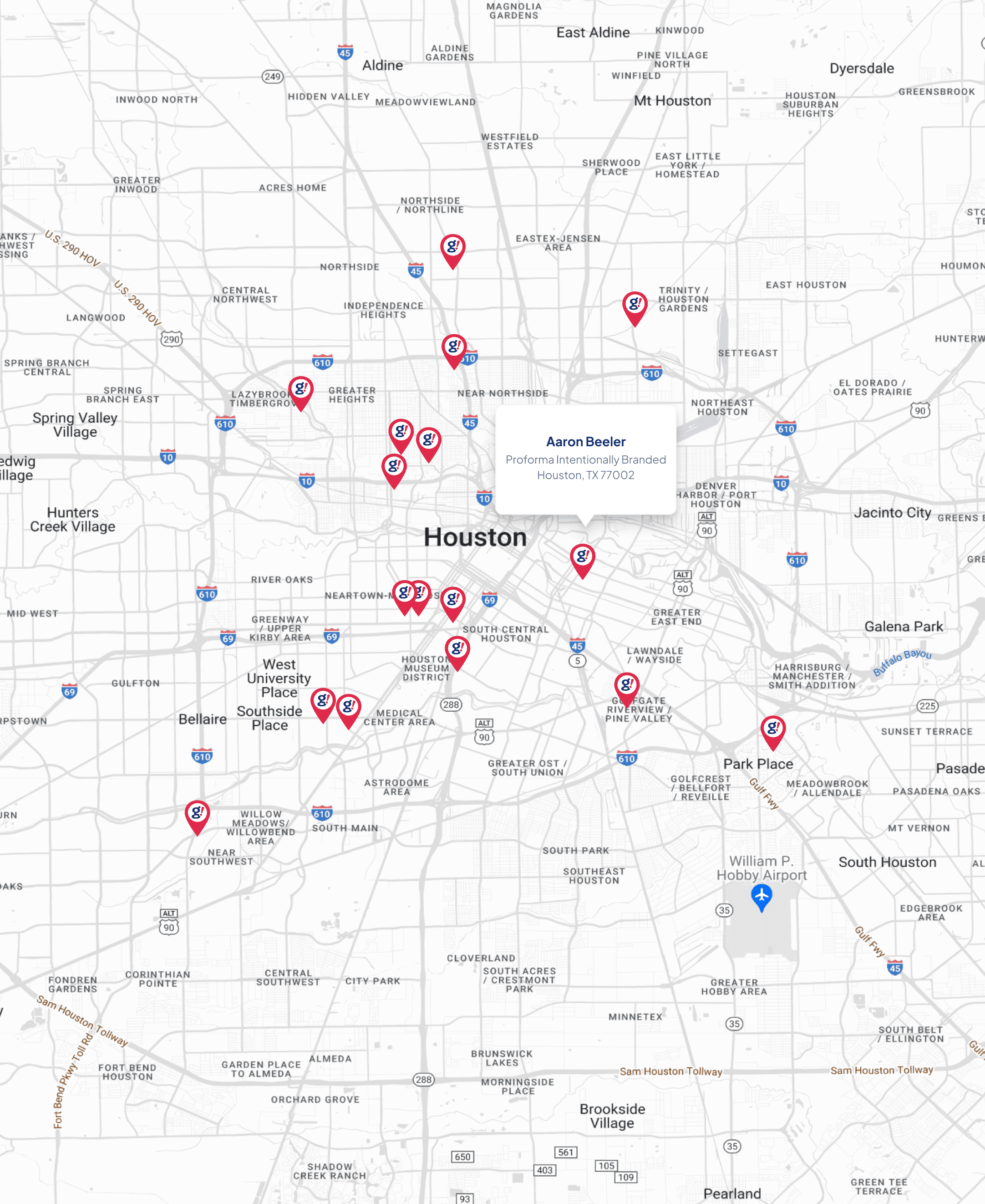How Creating a Plan Can Change the Way You Think about Email Marketing | Constant Contact Blogs
- Updated on: 2019-01-01
- Read original article here

If you’re like most small business owners, email marketing is just one part of what you’re doing while running your business.
There’s a lot on your plate and you’re wearing many different hats. So it’s no surprise that finding the time for email marketing can often be a difficult task. Even though you know how important email marketing is to stay connected with customers and find new opportunities for growth.
(In a recent survey of small business owners, 83% said email marketing is the most effective tool for marketing their business. And email continues to outperform sites like Facebook, Twitter, and Pinterest when it comes to converting prospects to new sales.)
But with all that said, you may still be scratching your head (or in some cases pulling your hair out) when it comes to figuring out a way to do everything you need to do with email marketing. This is especially true when you still have orders to fill, customers to wait on, and a million other things demanding your attention.
That’s why planning is so important.
One of the reasons why email marketing becomes such a burden for some small business owners is because they’re simply trying to do too much in too little time.
Think about your own approach to email marketing. When you sit down to create an email, are you as prepared as you’d like to be? Do have a clear understanding of what you’re looking to achieve, how you’re going to achieve it, and how you’re going to measure your results?
Or are you—like a lot of small businesses—doing most the work last minute? Planning, brainstorming, designing, writing, creating, and sending emails at a single sitting without much preparation in the days, weeks, or months before getting to send.
There has to be a better way…
On the second Wednesday of September 2013, subscribers to our Hints & Tips newsletter will receive an email sometime before 12:00pm ET. In the email they will find helpful articles for planning holiday promotions, along with a link to register to a special holiday webinar and links to additional holiday marketing resources.
I know this because it’s part of our plan.
The plan is something we put together a few months back to help us stay better organized throughout the year, while also helping us make better decisions about the type of content we create.
And while we may not know the content of every article we have to write next fall, when September rolls around we do know we’ll be better prepared when it comes time to put our email together.
And the best part of it all? You can create the same type of email marketing plan in a few easy steps:
Like with all your marketing campaigns, you need to start by understanding what it is you hope to achieve from your email marketing.
Do you want people to shop online, come into the store, and share a sale with friends via Facebook or Twitter? There are a number of factors you’ll need to consider.
Start broad, why did you start using email marketing in the first place?
Then you can look at months individually—what will be your top priority in February? What is your biggest challenge in March? What will you need from your email marketing in April to make it a successful month?
Start with your goal and let that guide your email marketing decisions.
Once you’ve figured out what you hope to achieve from your email marketing, then you’ll be able to choose a frequency that’s right for your business.
How often should you be sending emails to your customers?
In 2013, we hope that all small businesses will consider sending an email at least once a month. This is by no means a requirement, but a starting point for being consistent with how often you communicate with your contacts. In time your readers will come to expect your emails, improving your chance of driving more results.
Pick a frequency you know you can stick to. If you decide to do more than you can handle, your plan won’t do you any good.
When creating a schedule it’s important to pay attention to dates. Figuring out when you’ll send an email each month sets expectations for yourself and your customers.
It will also help you avoid missing any emails, which can often happen during busy times of the year when you haven’t established a deadline for your mailing.
For us, the send “date” for our Hints & Tips newsletter is the second Wednesday of each month. For you, it may make sense to send an email on a Tuesday or a Thursday, or at the start or end of the month.
A great way to help pick the right date for your email marketing is to look at your reports from past emails. Try to identify which days of the month had the most opens and which days had the most engagement from readers.
4. Write it all down
Now it’s time to get all your work down on paper.
You don’t need me to tell you that you have a million other responsibilities other than creating emails each month. By putting your plan down on paper you’ll have a resource you can refer back to each month to help you avoid any confusion moving forward.
You can do things the old fashion way, with a pen, paper, and a blank calendar or can start to organize your notes in a Word document or an Excel spreadsheet. Whichever you’re most comfortable with.
This also improves the likelihood of following through on your email marketing goals. Believe it or not, there have actually been studies that prove when someone writes down their goals rather than just thinking about them, they are more likely to follow through.
In one study at Dominican University in California, those who wrote down their goals and shared that information with a peer were 33% more successful in accomplishing them.
If that’s not an incentive to write things down, I don’t know what is!
When creating our plan, there were a number of factors we had to consider. As you start to take notes and write out your calendar, think about how these factors may impact your business:
Take the time to write down any and all regular scheduled events you have for your business.
Do you have an annual sale your customers look forward to? Do you do anything special for the holidays or back to school season?
It’s likely you’re already using email marketing to promote these events. You’ll want to make sure to consider all of these when developing your plan for the coming year.
Your customers think seasonally and so should you.
What you write to customers in the fall may not be the same in the spring or summer.
That’s because your readers’ interests change with the seasons, as do their needs. The most effective emails are those which address the needs of your target audience. When creating your plan, don’t forget to consider how the changing seasons may influence the needs of your readership.
The effect of the holidays
Like with the seasons, the needs of your customers will also change with the holidays.
Whether it’s the major shopping holidays in November and December or some of the holiday weekends in the spring and summer—holidays have a major impact on the lives of your customers.
Think about the holidays that are relevant to your audience. These may impact the type of products or services you choose to promote or may just influence the themes you use when creating content. Whether you’re talking about being thankful in November or showing the love in February, holidays are a great starting point when planning out your email content.
Finally, and maybe most importantly, you’ll want to think about your seasons.
Are there certain months of the year when you’re at your busiest? Are there certain weeks when you know you’ll have more time on your hands?
Identifying these different times will be a huge help when planning out your email marketing. For some businesses, there are certain months when creating an email won’t be feasible because phones will be ringing off the hook and people will be lined up at your door. Identifying these months ahead of time will help you come up with a better plan so you can create emails earlier and have them scheduled long before there send date.
Which could mean a slow season getting much less slow in the busy season getting even busier.
Goals, dates, holidays, seasons… I thought you said this was going to be simple?!
While it may seem like a lot to consider initially, most of what will go into creating your email marketing plan is stuff you’re already thinking about each and every day.
Now, all you need to do is get it down on paper and begin to put it into action.
If it helps, you can start small. Plan out your next three emails and see if having a plan makes things easier for your business.
Chances are you’ll find yourself better prepared, less stressed, and with more time to spend doing what you enjoy most—running your business.
Still have questions about planning your email marketing? Let us know in the comments below.



